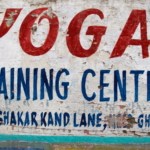Essential Trekking Checklist: Gear for a Successful Trek
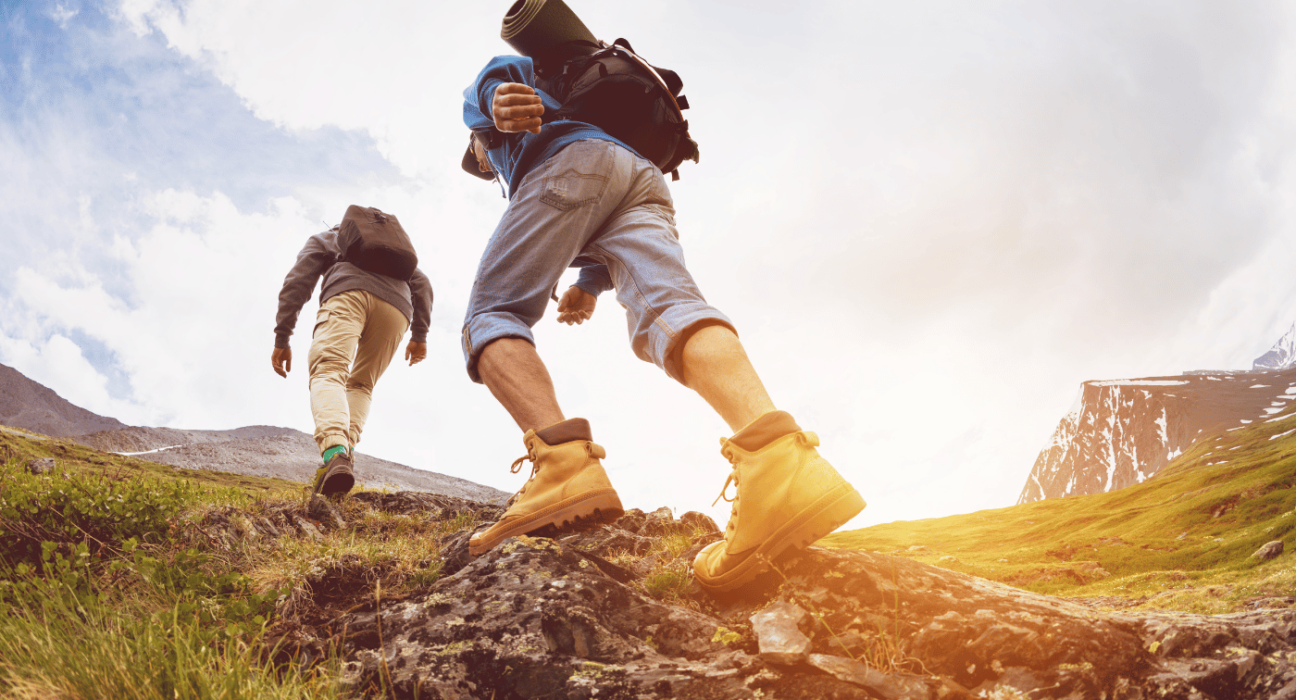
When it comes to trekking, having the right equipment is crucial for a successful and safe experience. Whether you’re a seasoned trekker or embarking on a new year resolution to explore the great outdoors, having the essential trekking equipment is essential. In this comprehensive guide, we will discuss the must-have items that should be included in your trekking checklist.
Factors to Consider
It’s important to note that the specific equipment needed can vary based on factors such as location and season. The gear you pack for a summer trek in a hot and dry climate will differ from what you need for a winter trek in snowy conditions. Therefore, it’s essential to consider these factors when preparing your checklist. By having the right equipment, you’ll be well-prepared to tackle any challenges that come your way during your trek. So let’s dive into the essential trekking equipment that should be on your checklist!
Choosing the Right Hiking Pack
The hiking pack is an essential part of your trekking gear, allowing you to carry all your necessary items with ease. When selecting a hiking pack, there are a few factors to consider:
- Size: Determine how much gear you’ll be carrying and choose a pack that can accommodate it all. Keep in mind that larger packs may offer more space but can also be heavier.
- Fit: Look for a pack that fits your body well. Consider the length of the torso and the hip belt size. A properly fitting pack will distribute the weight evenly, reducing strain on your back.
- Features: Think about the specific features you need in a hiking pack. Do you prefer multiple compartments for better organization? Or maybe a suspension system for improved comfort? Choose a pack with the features that align with your needs.

Packing Your Hiking Pack Correctly
Properly packing your hiking pack is crucial for maintaining balance and stability while on the trail. Here are some tips to help you pack efficiently:
- Weight Distribution: Place heavier items closer to your back and higher up in the pack. This helps to keep the weight centered and prevents it from pulling you backward.
- Arrangement: Pack lighter items towards the bottom of the pack. This keeps the center of gravity lower, making it easier to maintain balance.
- Accessibility: Keep frequently used items within easy reach, either in outer pockets or the top compartment of your pack. This way, you won’t have to unpack everything just to grab something quickly.
- Compression: Utilize compression straps to secure your load and prevent it from shifting while you’re walking. This adds stability and reduces unnecessary movement.
Finding Your Perfect Hiking Pack
Remember that there isn’t one “perfect” hiking pack that suits everyone’s needs. The ideal pack varies depending on factors such as:
- Duration: For short day hikes, a smaller pack may be sufficient. However, longer expeditions will require larger packs to accommodate more gear.
- Terrain: Consider the type of terrain you’ll be hiking on. If you’ll encounter rough or uneven trails, a pack with good suspension and padding can make a significant difference.
- Organizational Needs: Think about how important organization is to you. Some packs come with numerous pockets and compartments, while others have a more minimalist design.
Take the time to research and try on different packs before making your decision. Ultimately, finding a hiking pack that fits your body comfortably and meets the requirements of your trekking adventure is essential for an enjoyable experience.
2. Choose the Right Clothing for the Weather
When you’re out trekking, it’s important to wear clothes that are suitable for the weather conditions. This will help you stay comfortable and safe throughout your journey. Here are some tips on how to pick the right clothing for different types of weather:
Why It Matters
Wearing the right clothing is important because it:
- Protects you from the elements
- Helps regulate your body temperature
- Reduces the risk of getting sick from extreme weather

What You’ll Need
Here are the key clothing items to consider packing for your trek:
- Moisture-wicking base layers: These are designed to keep sweat away from your skin, helping you stay dry and comfortable.
- Insulating mid-layers: These provide extra warmth when it’s cold outside. Look for materials like fleece or down.
- Waterproof outer shells: These are essential for staying dry during rain showers or windy conditions. Look for jackets or pants made with waterproof materials like Gore-Tex.
How to Layer Your Clothes
Layering is a technique that allows you to adjust your clothing according to the temperature. Here’s how to do it:
- Start with a moisture-wicking base layer.
- Add insulating layers on top for extra warmth.
- Finish off with a waterproof outer shell to protect yourself from rain or snow.
By following these guidelines, you’ll be able to choose the right clothing that suits the specific weather conditions of your trekking adventure.
3. Choosing the Right Hiking Boots
When it comes to hiking, having the right pair of boots is crucial for a comfortable and safe outdoor adventure. Here are some things to keep in mind when selecting your hiking footwear:
1. Comfort, Support, and Traction
Look for hiking boots that provide:
- Adequate cushioning and support for your feet, especially during long hikes or when carrying a heavy backpack.
- A sturdy sole with good traction to prevent slipping on uneven surfaces.
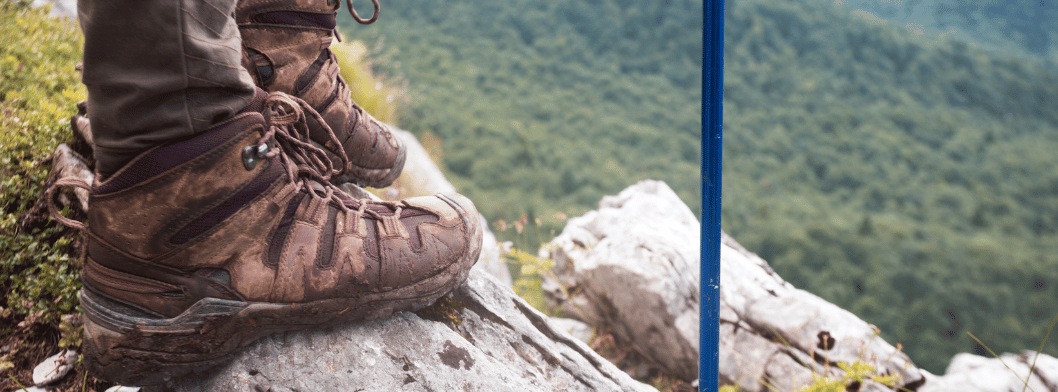
2. Ankle Support
Opt for boots that offer ankle support through:
- A higher cut or built-in ankle padding.
- This helps reduce the risk of ankle injuries and provides stability on rocky or uneven trails.
3. Tread Pattern
The tread pattern on the outsole of your hiking boots determines how well they grip different surfaces. Consider boots with:
- Deep lugs and a multidirectional tread pattern for optimal traction on various terrains.
4. Material Durability
Choose hiking boots made from durable materials such as:
- Full-grain leather or synthetic fabrics like nylon or polyester.
- These materials are resistant to wear and tear, provide protection against rocks and debris, and withstand harsh weather conditions.
One feature that sets certain hiking boots apart is the Gore-Tex lining. Gore-Tex is a special membrane integrated into the construction of the boot. Here’s why it’s beneficial:
The Gore-Tex lining creates a waterproof barrier that keeps water out while allowing moisture vapor to escape.
- This means your feet stay dry even when walking through wet or muddy areas.
- The breathable nature of Gore-Tex helps regulate temperature inside the boot by allowing excess heat and sweat to escape.
- This prevents your feet from getting too hot and sweaty during long hikes.
Having the right footwear can make all the difference in your hiking experience. By choosing boots that offer comfort, support, and traction, along with the added benefits of Gore-Tex lining, you can enjoy your hikes with confidence and focus on the beautiful surroundings without worrying about discomfort or wet feet.
4. Packing Food and Water for Your Trek
When you’re going on a trek, it’s really important to bring enough food and water with you. This will help you stay energized and hydrated during your hike. Here are some things to keep in mind:
1. Choose the Right Food
When selecting food for your trek, look for options that are:
- Lightweight
- Nutritious
- Easy to pack and eat on the trail
Some good choices include:
- Dehydrated meals
- Energy bars
- Nuts
- Dried fruits
- Jerky
- Instant noodles
These foods provide a good balance of carbohydrates, protein, and fats, which are all important for giving your body the fuel it needs during long hikes.
2. Make Sure You Have Enough Water
Having a reliable way to get water while you’re trekking is crucial. You can either:
- Find natural sources like streams or rivers along the way
- Carry enough water with you from the start
You may also want to consider using water filters or purifying tablets to make sure any water you drink is safe and free from bacteria or parasites.
3. Stay Hydrated
It’s really important to drink plenty of water throughout the day to avoid dehydration. Aim for at least 2 liters of water per day, but you may need more if you’re doing a strenuous hike or if the weather is hot. Having a hydration pack or a water bottle with a built-in filter can make it easier to drink enough water while you’re on the move.
4. Don’t Forget about Calories
Trekking uses up a lot of energy, so it’s important to eat enough calories to keep your body going. Look for high-calorie foods that are also lightweight, such as:
- Trail mix
- Nut butter
- Cheese
- Energy gels
Planning your meals and snacks ahead of time based on how long your trek will be and how hard you’ll be pushing yourself can help ensure that you bring enough food with you. And always remember to pack a little extra, just in case something unexpected happens and you end up needing more food or water than you originally planned for. Taking the time to think about your food and water needs before you go trekking can make a big difference in how enjoyable and safe your experience is. So be sure to give it some thought and pack accordingly!
5. Essential Navigation Tools for Trekking
When going on a trekking adventure, it’s important to have reliable navigation tools with you to avoid getting lost in unfamiliar areas. Here are some things you should know about the different navigation tools:
What Are the Key Navigation Tools?
Here are the main tools that can help you navigate while trekking:
- Maps: Maps are essential for navigating through the wilderness. They show you an overview of the area, including trails, landmarks, and geographical features. Choose a detailed map that covers your specific trekking route, and consider getting a waterproof one to protect it from the weather.
- Compasses: Compasses are crucial for finding your way and determining which direction to go. They work by aligning with the Earth’s magnetic field. When using a compass, it’s important to know the basic cardinal directions (north, south, east, and west) and how to read bearings.
- GPS Devices: GPS devices have become popular among trekkers because of their accuracy and convenience. These handheld gadgets use satellites to pinpoint your location on the Earth’s surface. They can give you real-time position data, track your progress along the trail, and even provide pre-loaded maps that you can use offline.
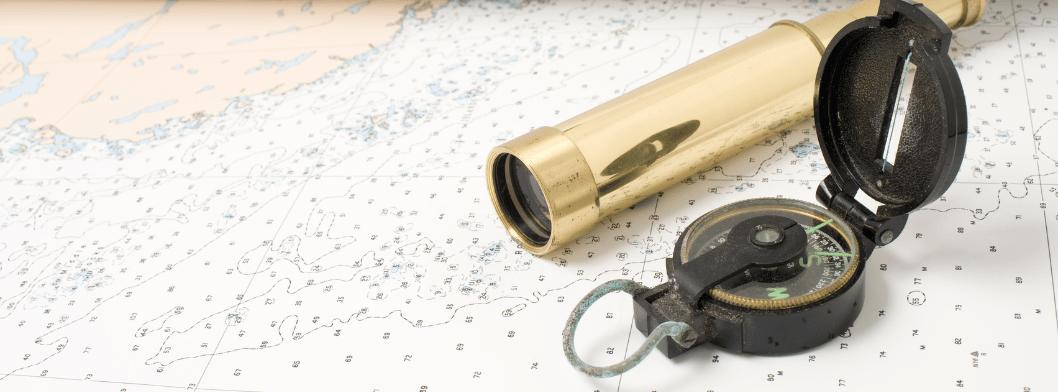
Advantages and Considerations of Each Tool
Each navigation tool has its own pros and cons:
- Maps:
- Advantages:
- Provide a comprehensive view of the entire area.
- Don’t require batteries or satellite signals.
- Considerations:
- May need advanced map reading skills.
- Compasses:
- Advantages:
- Are reliable and don’t depend on batteries or satellite signals.
- Considerations:
- Require knowledge in orienteering.
- GPS Devices:
- Advantages:
- Offer precise location information.
- Considerations:
- May rely on battery life and signal availability.
Basic Techniques for Using These Tools
To effectively use these navigation tools, it’s important to learn some basic techniques:
- Orienting a Map: By aligning the map with the actual landscape, you can make sure that the map matches what you see around you.
- Taking Bearings: Using a compass, you can determine the direction of a specific point or landmark in relation to your position. This can help you navigate along your desired route.
By familiarizing yourself with these navigation tools and techniques, you’ll be well-prepared to confidently find your way through the wilderness and have a safe and enjoyable trekking experience.
6. How to Protect Yourself from the Sun and Insects while Trekking
When you’re out in nature, it’s important to take care of your well-being. One way to do that is by protecting yourself from the sun and insects. Here are some tips to help you stay safe and comfortable during your trek:
Sun Protection:
Shielding your skin from the sun’s rays is crucial, especially when you’re spending long hours outdoors. Here’s what you can do:
- Apply sunscreen: Use a sunscreen with a minimum SPF of 30 and apply it generously on all exposed skin.
- Wear a hat: A wide-brimmed hat can offer extra protection for your face, neck, and ears. Make sure it’s comfortable and fits securely.
Insect Protection:
Bugs can be a nuisance, but they don’t have to ruin your trekking experience. Try these methods to keep them at bay:
- Use insect repellent: Look for repellents that contain DEET or other effective ingredients and apply them according to the instructions.
- Carry bug spray or wipes: Having a small bottle of bug spray or wipes in your backpack can come in handy when you need quick protection on the go.
Remember, by taking these precautions, you’ll be able to enjoy your outdoor adventure without worrying about sunburns or pesky bug bites.
7. Lighting and Fire Starter
When you go trekking, it’s important to be ready for situations where there is not much light and emergencies that might happen. Here are some things you should have:
Lighting
Carry a headlamp or flashlight so you can see better when it’s dark or the area is not well-lit. This will help you find your way on the trail. These light sources are also useful if something unexpected happens and you need to ask for help or figure out what’s around you. 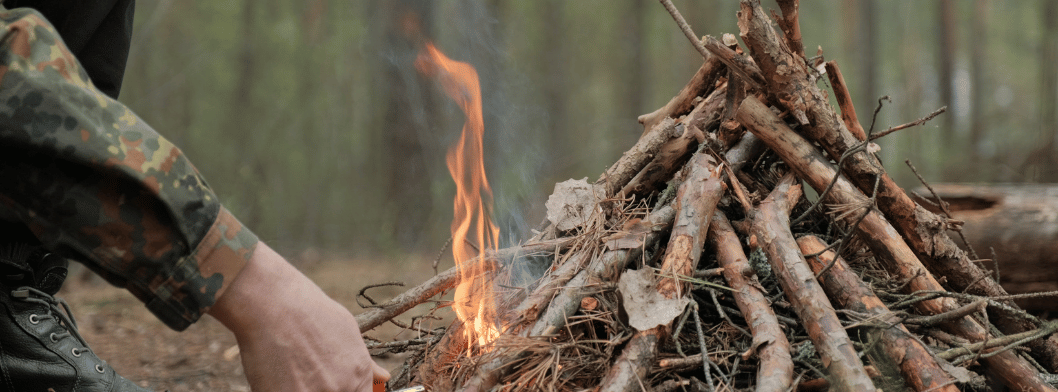
Fire Starter
There are different things you can use to start a fire when you’re outdoors. Here are two common choices:
- Waterproof matches: These matches work even when they get wet, which is great if the weather is not good. They also give off a steady flame when you need it.
- Fire steel: This tool creates sparks that can ignite small pieces of material like dry leaves or paper, helping you start a fire. It’s lightweight and easy to carry.
Including a reliable light source and fire starter in your gear checklist will make you more prepared for different situations during your trekking trips. You’ll have what you need to move around safely and handle any difficulties that come your way.
8. Essential First Aid Kit and Emergency Equipment for Trekking
When you go on a trekking adventure, it’s important to be ready for any unexpected situations or injuries that might happen along the way. Having a complete first aid kit and emergency equipment can make a big difference in keeping you safe and well during your hike. Here are some important items to have:
First Aid Kit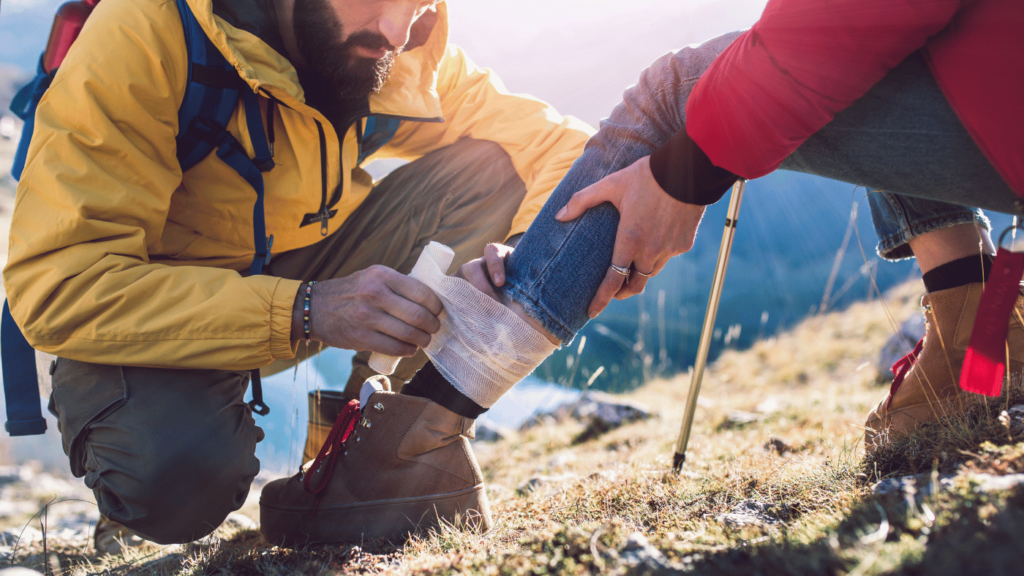
A good first aid kit should have a variety of medical supplies to treat common injuries like cuts, blisters, sprains, and insect bites. It should include:
- Bandages
- Adhesive tape
- Antiseptic wipes
- Gauze pads
- Tweezers
- Scissors
- Pain relievers
Multi-tool Knife
A multi-tool knife is a useful tool to have in your hiking gear. It can be used for different purposes like cutting ropes, fixing gear, or even for cooking. Look for a knife that has various tools like blades, screwdrivers, and bottle openers.
Emergency Blanket
An emergency blanket is lightweight and small but provides important insulation in case of emergencies or unexpected overnight stays. It helps keep your body heat and protects you from getting too cold in chilly weather conditions.
Whistle
A whistle is a simple but effective signaling device that can alert others in an emergency or if you need assistance. It carries further than shouting and can get the attention of other hikers or rescue teams.
Other Emergency Equipment
Besides these essential items, you may also want to bring along other emergency equipment such as:
- Duct tape (for quick gear repairs)
- Extra batteries for your headlamp or flashlight
- A small roll of toilet paper
Remember that just having these items with you isn’t enough; you should also know how to use them properly before starting your trekking adventure. Understanding basic first aid treatments and being familiar with your emergency equipment can make a real difference in emergency situations. By including a well-stocked first aid kit and necessary emergency equipment in your trekking checklist, you’ll be more prepared to handle any potential injuries or emergencies that may come up during your journey. Stay safe and enjoy your trekking experience to the fullest!
9. Choosing the Right Camping Gear and Hygiene Items
When you’re getting ready for an overnight hike, the gear you bring along can make a big difference in how comfortable and rested you feel. Here are some important things to think about when picking out camping gear for your trip:
What to Look for in Camping Gear
- Tent: Find a tent that’s lightweight and durable enough to handle different types of weather. Think about how many people will be sharing the tent, what time of year you’ll be camping, and how easy it is to set up.
- Sleeping Bag: Invest in a sleeping bag that’s designed for the temperatures you’ll be facing on your hike. Consider factors like insulation, weight, and how easy it is to pack.
- Sleeping Pad: A good sleeping pad can keep you warm and provide some extra cushioning for a better night’s sleep. Look for one that strikes a balance between comfort, weight, and insulation.
Don’t Forget About Hygiene
In addition to camping gear, it’s also important to think about staying clean and fresh during your outdoor adventure. When it comes to packing toiletries, biodegradable wipes can be a great option for keeping up with hygiene when there aren’t any shower facilities available.
Tip: Biodegradable wipes are not only convenient but also better for the environment since they break down more easily than regular wipes.
By carefully considering your camping gear needs and including essential hygiene items in your packing list, you can make sure you have a more enjoyable trek with added comfort and well-being along the way.
10. Personal Identification and Permits
When you go on a trekking adventure, it’s important to have your personal identification documents with you, such as your driver’s license, passport, or any other form of ID. In some cases, you may also need to get permits or licenses to enter certain areas or national parks. Here are some important things to keep in mind when it comes to managing your personal identification and permits during your trek:
Tips for Managing Personal Identification and Permits
- Keep them safe: Store your personal identification and permits in a waterproof container or pouch inside your hiking pack. You can use a zip-lock bag or a document organizer to protect them from moisture or unexpected weather conditions.
- Keep them handy: Make sure these items are easily accessible but still secure within your pack. You might need to show them at checkpoints or when registering at park entrances, so having them within reach can make the process smoother.
- Make digital copies: It’s a good idea to have digital copies of your personal identification and permits as a backup. Save them on your phone or another device that you’ll have with you. Just make sure they’re easy to find in case you lose the physical documents.
- Check the expiration dates: Before you start your trek, check if any permits you have will still be valid for the whole time you’ll be trekking.
By focusing on keeping your personal identification and permits safe and easy to access, you can go through different checkpoints and administrative requirements without any issues, and fully enjoy the amazing landscapes and experiences during your trekking expedition.
Conclusion
Remember, a successful and safe trekking experience largely depends on having the right equipment. By using this comprehensive guide as your essential trekking checklist, you can ensure that you are well-prepared for your next outdoor adventure. Planning and packing the necessary gear not only enhance your safety and comfort but also contribute to the overall enjoyment of the journey. So, take the time to go through the checklist, gather all the required items, and embark on your trek with confidence and peace of mind. Whether you are a seasoned trekker or a beginner, having the right equipment is key to making the most of your trekking experience.





